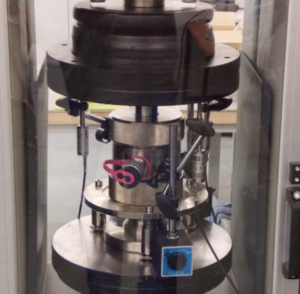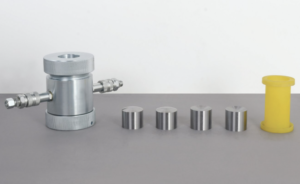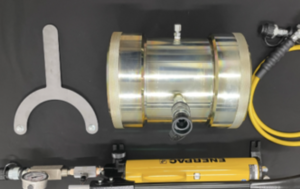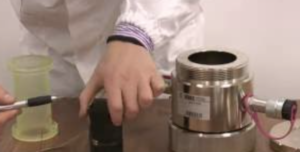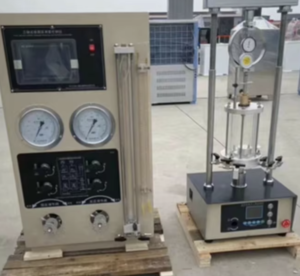How Simple Soils Inspection Equipment Promotes Trench Safety
A few essential tools and a bit of know-how can mean the difference between a safe trench and a deadly collapse.
Why Is Soil Type the Key to Trench Stability?
Soil classification directly influences how likely a trench is to cave in. OSHA divides soil into Type A (most stable), Type B, and Type C (least stable).
- Type A soils1 (e.g., clay) can stand nearly vertical walls in short trenches.
- Type B soils (e.g., angular gravel) need sloped walls or shoring.
- Type C soils (e.g., sand or gravel) are the most collapse-prone.
Knowing the type helps crews choose protective systems2, like sloping, shoring, or trench boxes3. Quick field identification using basic tools can help avoid dangerous assumptions.

What Are the Most Common Soil Test Tools for Trench Safety?
Several simple tools provide critical data:
| Herramienta | Use | Portability | Costo |
|---|---|---|---|
| Pocket Penetrometer | Measures unconfined compressive strength | Muy alto | Bajo |
| Shear Vane Tester | Measures shear strength (mostly for cohesive soils) | Alto | Moderado |
| Torvane | Quick check for soft clays | Alto | Moderado |
| Visual & Manual Inspection | Texture, layering, and moisture check | Muy alto | Free |
These tools help quickly classify soil in the field, allowing teams to implement the right safety measures immediately.
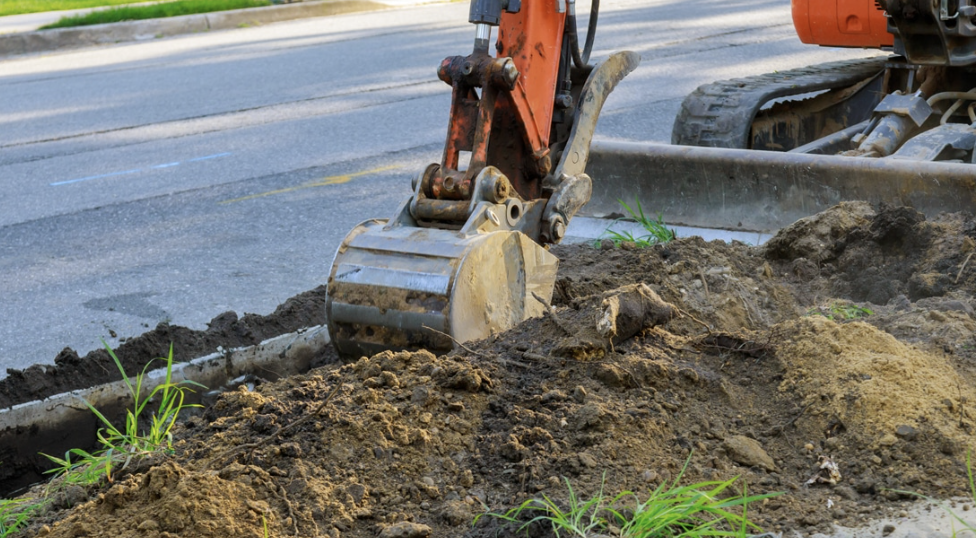
How Do Simple Inspections Prevent Fatal Collapses?
According to OSHA, trench cave-ins are among the leading causes of construction fatalities. Yet most collapses occur in trenches less than 10 feet deep4—where workers often assume safety.
Simple inspections:
- Identify unstable soils5 early.
- Guide decisions on when and how to shore or slope.
- Catch changes in soil conditions that may occur even within the same trench.
Routine checks with pocket penetrometers or visual inspections can detect warning signs6 like tension cracks or soft, saturated layers.
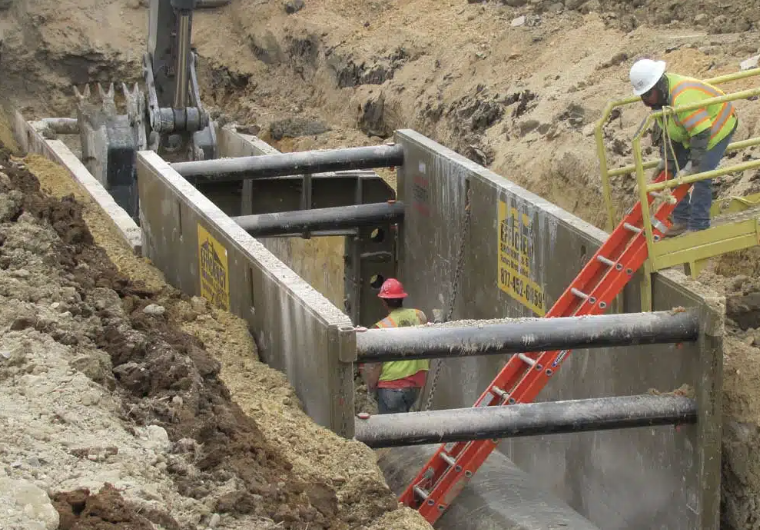
Can Simple Tools Improve OSHA Compliance?
Absolutely. OSHA requires that:
- A “competent person7” inspect trench conditions daily.
- Soils be classified before choosing a protective system.
- Trench hazards be corrected promptly.
Having simple testing tools supports compliance by:
- Providing objective soil classification data8.
- Backing up decisions in jobsite safety documentation.
- Enabling fast re-evaluation if weather or site conditions change.
These tools are inexpensive but give safety officers the confidence to meet OSHA trenching standards9.
Conclusión
Even the most basic soil inspection equipment can dramatically improve trench safety. When lives are at stake, simplicity and speed in soil testing can be the best protection of all.
-
Type A soils are the most stable and knowing their characteristics can prevent accidents. Discover more about their properties here. ↩
-
Understanding protective systems is crucial for ensuring safety in trench work. Explore this link to learn about effective safety measures. ↩
-
Trench boxes are vital for protecting workers in excavations. Learn how they function and their importance in safety protocols. ↩
-
Understanding the risks of shallow trenches can help prevent accidents and save lives in construction sites. ↩
-
Exploring effective methods for identifying unstable soils can enhance safety measures on construction sites. ↩
-
Learning to identify warning signs is crucial for ensuring worker safety and preventing trench collapses. ↩
-
Understanding the role of a competent person is crucial for ensuring safety compliance in trenching operations. ↩
-
Explore how objective soil classification data enhances safety measures and compliance in construction sites. ↩
-
Learn effective strategies and tools that help companies maintain compliance with OSHA trenching standards. ↩


